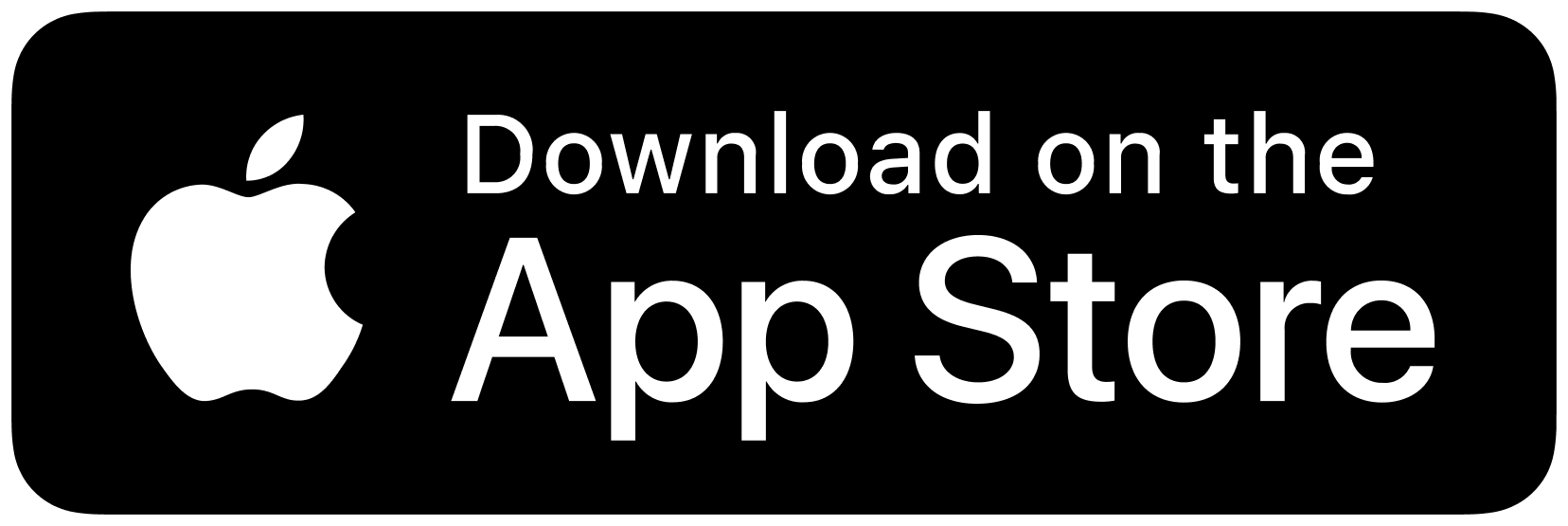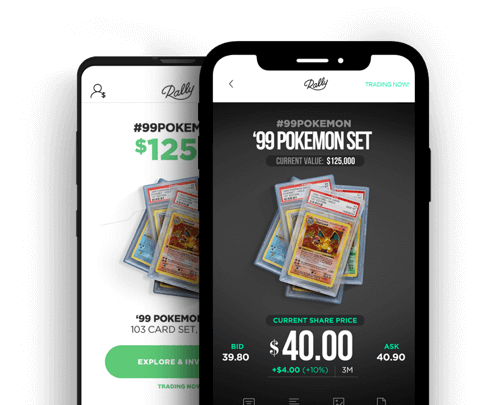Rally Blog
Push Start Button – Zelda’s Title Theme
Blog >
Push Start Button – Zelda’s Title Theme
The soundtrack to the first Legend of Zelda game was composed by Koji Kondo, a legend in the game music world. He has shaped the sound of both the Mario and Zelda series over decades.
In an interview with gaming site Kikizo, Kondo expressed his thoughts on the advanced audio capabilities of the FDS.
“Well, I mean, even the addition of that one extra channel was something that made me VERY happy because they were to make the music more expressive – and not only music, we were able to create a lot of different sound effects we weren’t able to do before. And it would allow us to then express more of what is in the game through the user via sound.”
Koji Kondo
Kondo also discussed converting music and sound effects from the FDS version of Zelda to the less-advanced NES.
“Yeah, it was obviously a challenge to make those new arrangements. I worked on all of those myself. What we did, especially for sound effects, was we used the sample sources so that, via delta modulation, they could kind of use a workaround to recreate the sound effects. It was a cheap way of doing this, but that’s what we had to work with.”
Koji Kondo
Listening Party – Title Theme
Our first listen was the NES version of the main title theme. Inside this setup for FamiStudio, the two square channels are on the left. They handle a lot of the melody. The triangle channel is on the third from the left, which is used mostly for bass. Finally, the noise channel is on the right for percussion sounds. You’ll notice the waves actually look like squares and triangles.
“It’s a pretty cool little trick. I love how you can kind of see what gives the squared waves channels their unique sound. It’s something called pulse width, which is how wide those squares are and how they’re distributed. So you can see when you watch the video, the pulse width is changing with respect to the tonality of those channels. And that’s important to know from my perspective.”
— Thomas
[Emily] “It’s such a great piece of music, and I have always loved it. When you reached out to me and you’re like, ‘Hey, check out this other Zelda soundtrack,’ that I never knew existed for a million reasons. Going back to that and then hearing the FDS version, that would have blown my mind to hear that in the ‘80s. It’s so much more expressive. And I don’t mean that to take away from the impact of the NES version because I don’t think that’s possible. It’s so instilled in us westerners who grew up with it or have spent any time with it. You’re just like, ‘Wow, this is the bare minimum of what he could do to express what he wanted on this NES cartridge.’”
[Bryan Vore] The most striking thing has gotta be that that bell, right?
“Yeah, isn’t the bell a little weird? What is that? Because the overtones make it sound really kind of like sinister in a way which, which adds an element that is completely absent in the NES version.”
— Emily
[Bryan] Does the NES version feel more like bright and sunny?
“Yeah, absolutely. There’s no gloom and doom there. What I was noticing during playback there, the second square wave channel is used tonally, but it is also very percussive as well. You don’t get it in the NES version at all. There’s no tonal percussion going on. It’s used very minimally, but it’s clicky. It’s accenting all of the percussive elements.”
— Thomas






